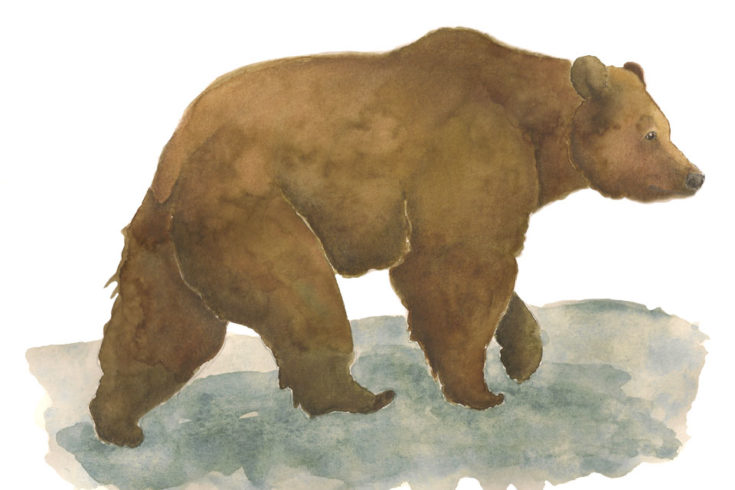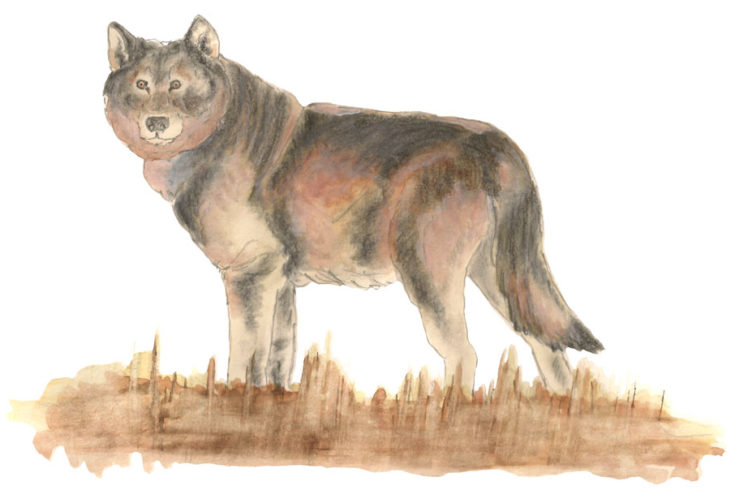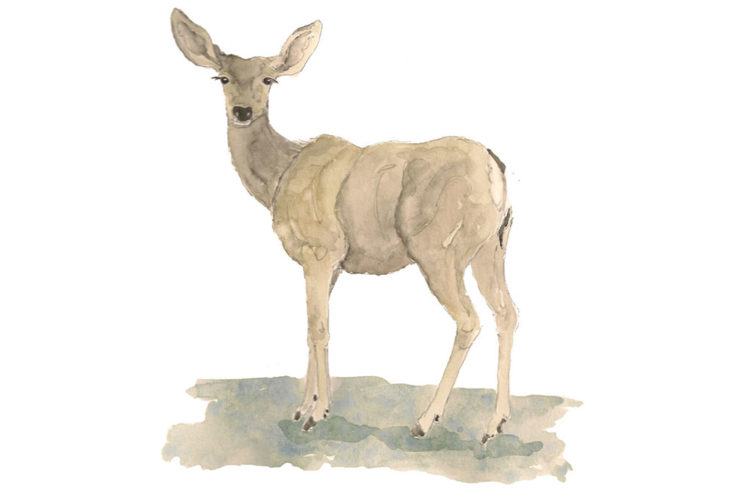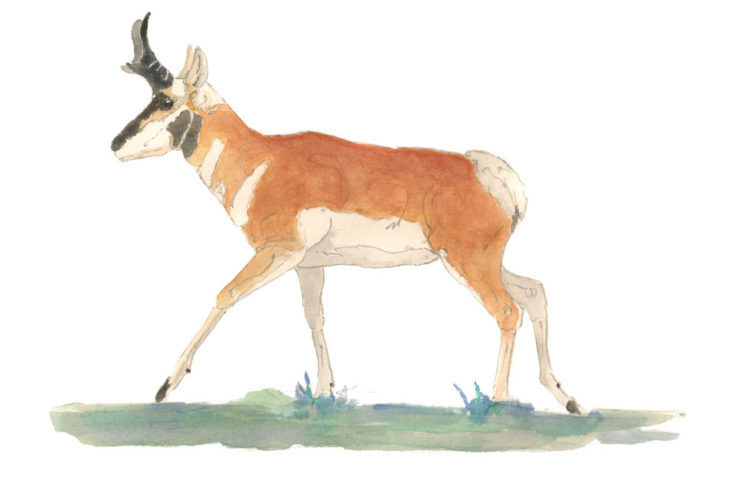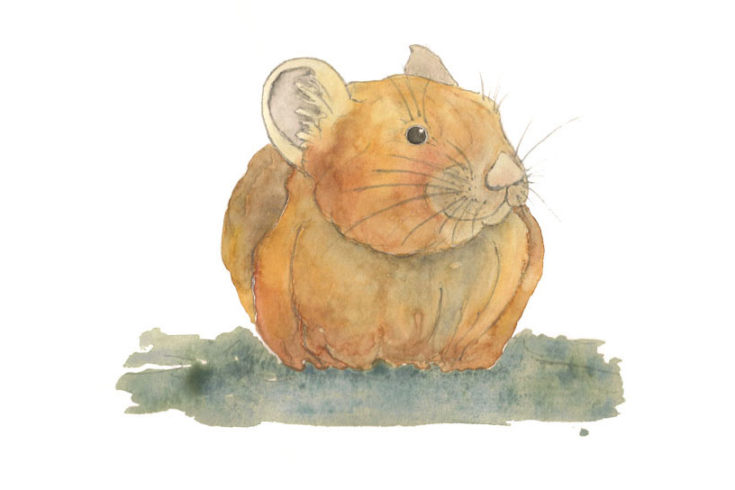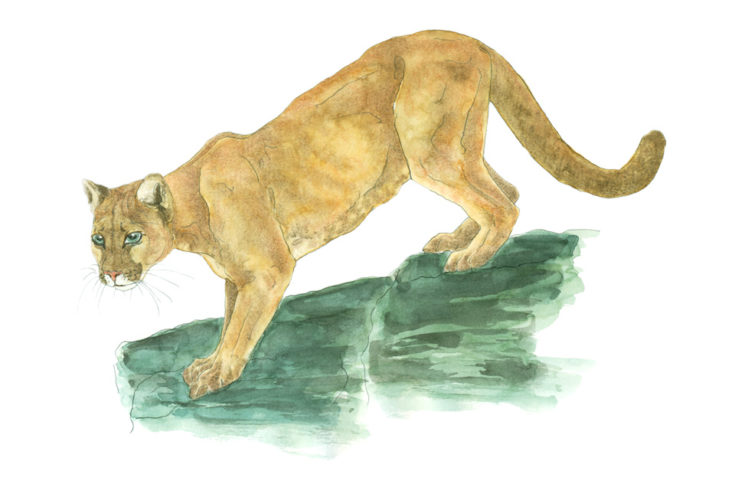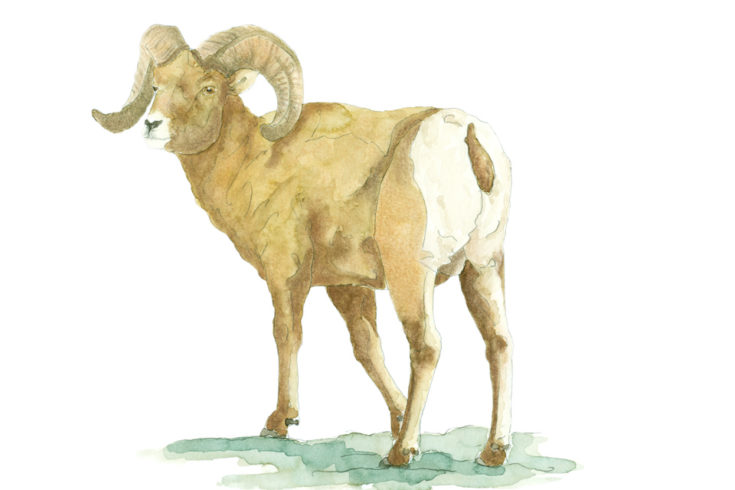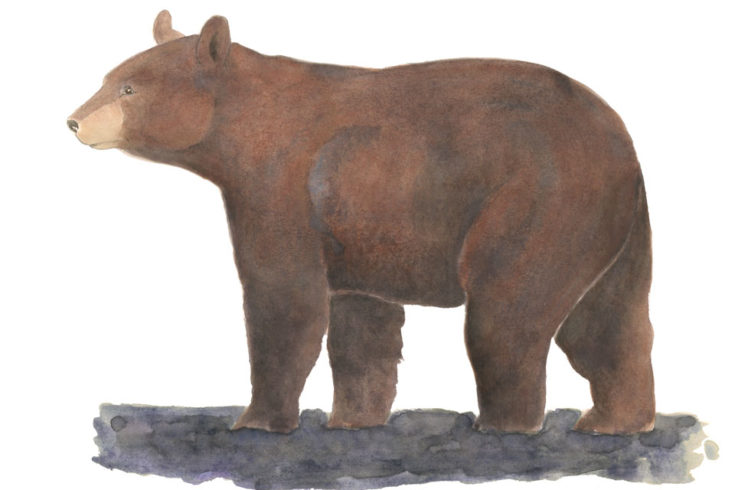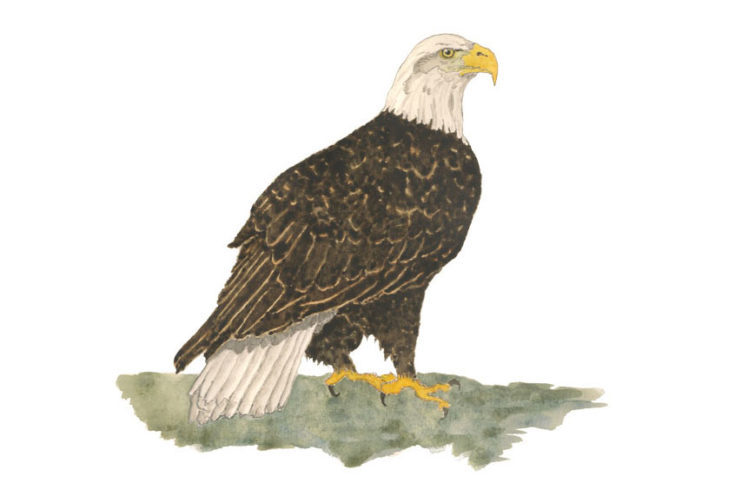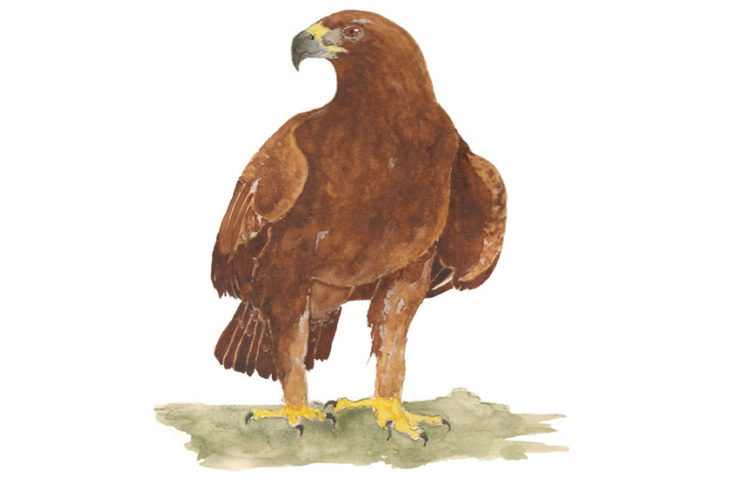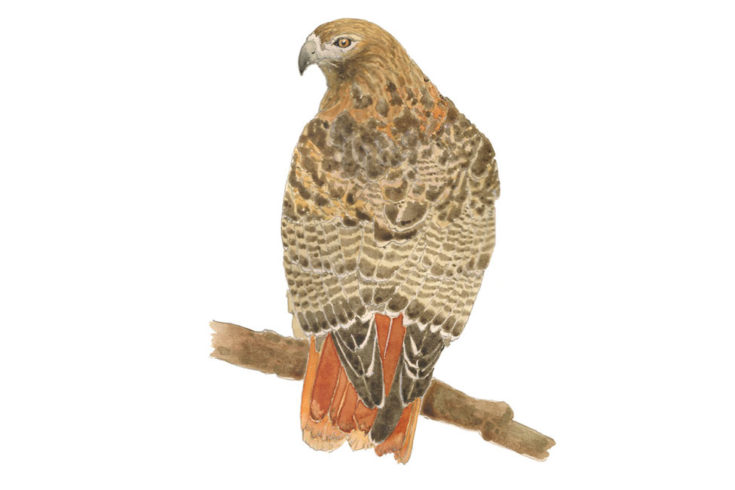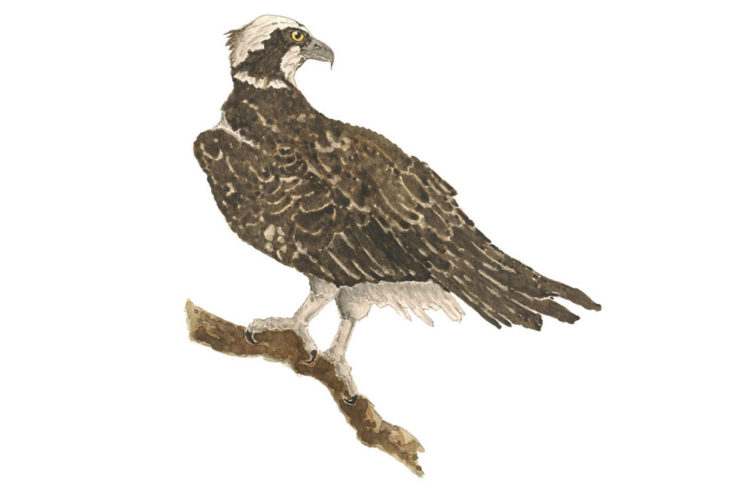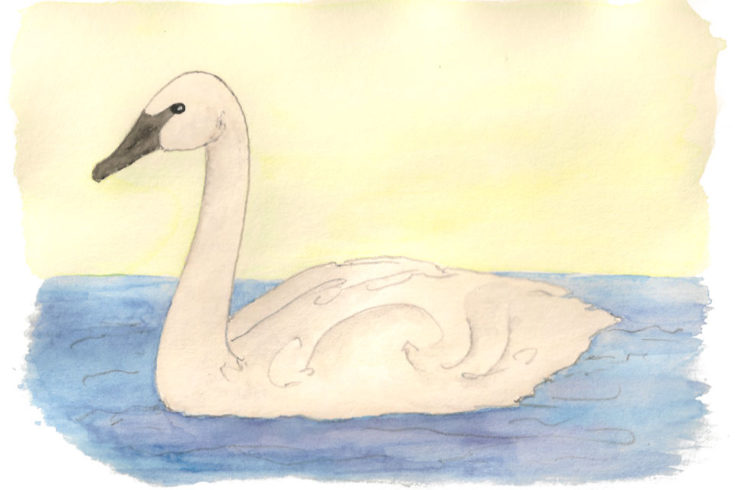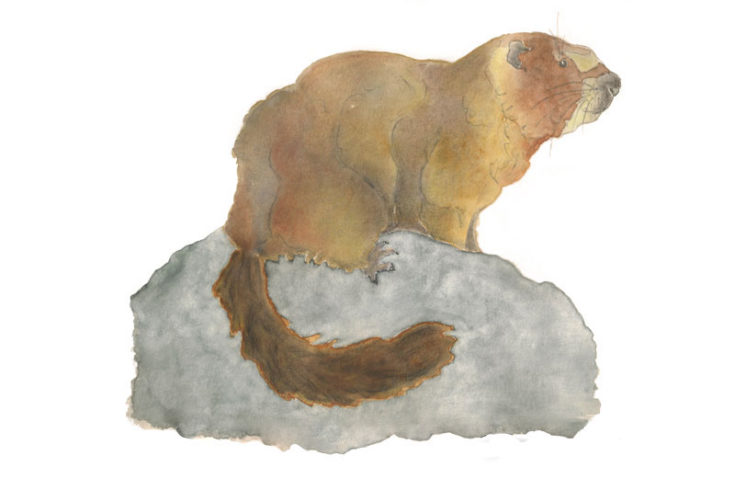Welcome to Wyoming Wildlife Advocates’ Wildlife Guide – a resource to help you identify the amazing animals in the Greater Yellowstone Ecosystem, and learn more about what makes them unique. We hope you’ll also develop an understanding of the challenges that face some of the area’s most unique species, and how we are working to protect them.
From the biggest grizzly bear to the smallest sage grouse, WWA believes that all species should be treated with respect and managed based on the best available science. The Greater Yellowstone Ecosystem is an exceedingly special place, in no small part because of the diversity of creatures that inhabit it.
We hope this guide will help you appreciate our wildest neighbors even more deeply, and give you opportunities to join the fight to keep them protected for generations to come.

Pick up your complimentary copy of the Wildlife Guide while you’re in Jackson Hole.
Available at a variety of locations, including the National Museum of Wildlife Art.

